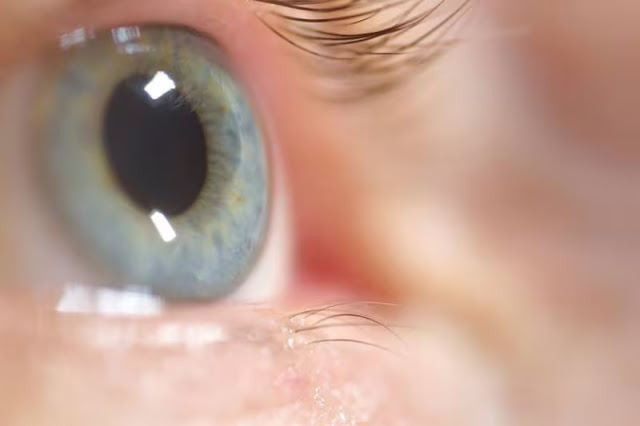Understanding and Treating Vision Floaters

Floaters in your vision can be a common annoyance as you age. However, for some, they may indicate a more serious condition. If you notice an increase in floaters, especially large ones that affect your ability to drive or read, one treatment option is vitrectomy surgery. The vitreous gel, a clear, jelly-like substance, fills the center of the eye and helps maintain its shape while providing some nourishment to the retina, the light-sensitive tissue at the back of the eye. As we age, the vitreous may shrink and pull away from the retina, sometimes causing floaters. Vitrectomy surgery is a routine procedure where the vitreous gel is removed from the eye. This surgery is also used for repairing a detached retina or removing foreign objects from the eye. During vitrectomy surgery, the surgeon makes small incisions in the white of the eye to insert tiny instruments. The vitreous gel is removed and replaced with a saline solution, gas, or sterile air. The procedure typically takes about an





